




Lessons Learned
I had not seen my bees in over a month. When the temperature is below fifty degrees, bees ball up in their hive, slowing all activity, and try to keep each other warm. They move around the ball of their friends, eating, drinking, and moving back toward the center where it is warm. They should be able to survive, eating the honey they stored in the fall after I raided their stores they made in the spring and summer. Just as a precaution, I also put some sugar on top of the frames under the lid in November, just in case they ran low on honey. They prefer to eat honey in the winter and I am sure it is more nutritious, but sugar will keep them alive.
Knowing how unpredictable bees can be, when the temperature rose to over fifty degrees on Saturday, I decided to check on them. Any number of things can go wrong in a hurry when a person is not watching. Not checking on them in over a month was making me concerned about their wellbeing. I waited until the warmest part of the day and went for a visit.
Pulling up to the front of the hive, I was relieved to see about fifty bees


flying around. I knew now that had not left their home or died when I was not looking. The ones flying around seemed like the friendly bees that I have come to know and love. I put my bee suit on just as a precaution. The bees outside paid little attention to me as I suited up and got my gear ready. I pulled the strap that keeps the wind from blowing the hive over and lifted the top lid. I immediately discovered, the hive was full of what appeared to be healthy bees and that they do not like their hive opened on a cool day. I learned last summer, bees do not like to be bothered on a rainy, windy day. I thought on that day, I would pull a couple of frames and see how they were progressing on making honey and new babies. I did not think much of it when the front opening of the hive was lined with bees and they seemed to be watching me. I had not put my protective bee suit on that day. When I approached the front of the hive, my normally docile, almost friendly bees attacked as fast as they could squeeze out of the front opening. I
left quickly and went to the house to count my stings. That is the last time I did anything with the bees without at least some protection. I now know, opening a hive on a cold day annoys bees as much as messing with them on a rainy day. Hundreds of bees swarmed out of the open top and tried to get to my face. My happy little bees were not at all happy. I did my best to ignore the group trying to kill me and checked their sugar supply. About half of what I put in there was gone so I replaced it with fresh sugar and put the lid back on. This seemed to calm them down and for the most part, left me alone while I strapped the hive down. When I got back to the side-by-side, only two or three were still after me and they were losing interest as we got farther away from the safety and warmth of their hive. As I took off my bee suit and veil, the hostile little insects were calmly streaming in their front door, behaving like the gentle bees I know. There are many lessons to be learned in any endeavor. The most important lesson in beekeeping is; don’t annoy the bees.



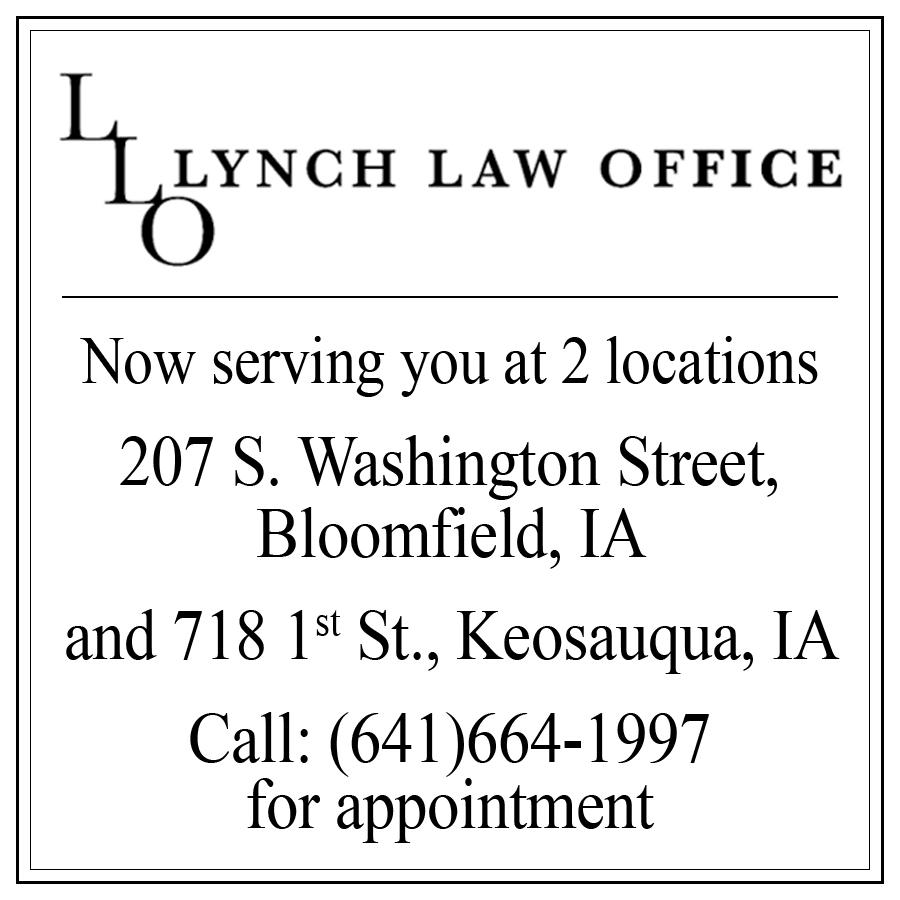
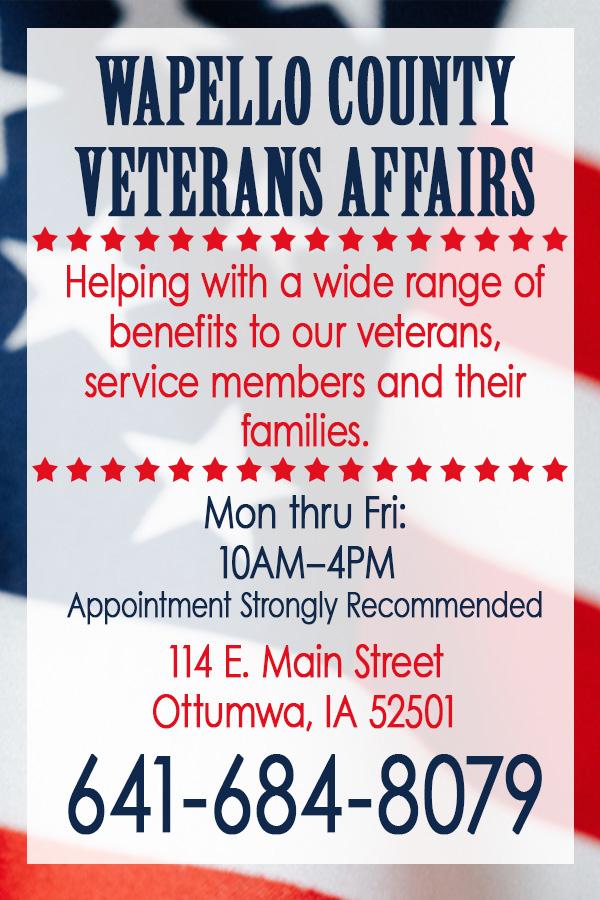


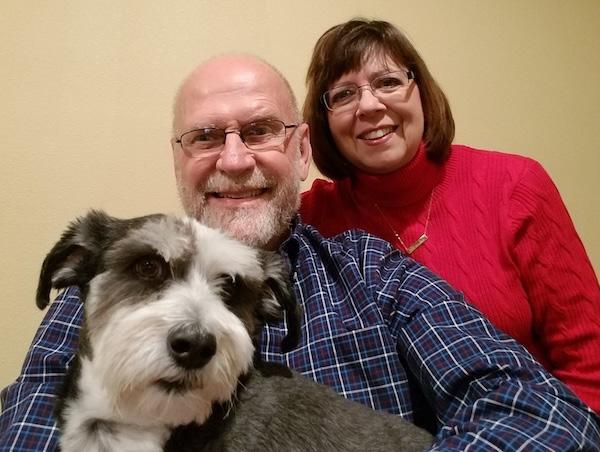
Divine Intervention
The old priest asked me how I was doing. I had almost died of alcoholism a few short weeks before. I fell through the glass top of my coffee table, drunk, cut myself up like a hog ready for butcher, and nearly bled to death. But it was the best thing that could have happened to me. The hand writing was on the wall (in blood). I had a serious problem with drugs and alcohol, and I could never drink again. Fine. I wouldn’t drink. But I didn’t need any help from anyone. I could do it on my own, by willpower.
I told the priest that I was okay, that I had been clean and sober going on 30 days.
“Just okay?” he asked.
“Well, to tell you the truth,” I told him, “I have no desire to drink or use, but there’s just this kind of emptiness right here in the middle of my chest.”
The priest got real close to me, inches from my face, looking me right in the eye. I could smell old man on him. “You want to drink, don’t you,” he said.
glasses on. As we were pulling up, so was the Fire Department ambulance. We grabbed the medical kit out of the back and headed into the building, which was an apartment house. On the way in, Dave said, “You’re in charge.” We took turns being in charge on medical calls.
We had to go up three flights of stairs. The medical kit was bouncing off walls. Everything is so surrealistic at 2:00 am in the morning, like a gyrating tunnel collapsing in on us. An apartment door was open with a woman directing us in. We entered.
Pella Regional Health Center is pleased to welcome board-certified Gynecologist Trupti Mehta, MD to the medical staff beginning January 23, 2025.
Dr. Mehta has 30 years of experience specializing in Gynecology. For most of her career, she practiced in Dubuque, Iowa. She will provide care for females of any age for annual well-woman exams, menstrual issues, STDs, birth control counseling and prescribing, treatment of premenstrual syndrome, menopause, treatment of disease in the reproductive track, endometriosis treatment, urinary incontinence, pelvic pain, uterine fibroids.

Dr. Mehta has a special interest in the evaluation and diagnosis of infertility problems and treatment including injectable as well as intrauterine insemination. She performs pelvic surgeries including minimally invasive robotic surgeries, laparoscopy, abdominal and vaginal techniques.
“My passion is helping women and providing the best possible care to those in need,” said Dr. Mehta. “I believe in exceptional care with

“No. I’m done drinking, I...”
The old priest grabbed me by the front of my shirt and shouted in my face, spit flying, “You want to drink, and if you don’t admit it, you’re going to die drunk!”
He was right and I knew it. I got into a program of recovery and made sobriety my number one priority.
A few weeks later, my pager went off in the middle of the might. I was a volunteer fire fighter and EMT on our local fire department. I pulled on my clothes and headed out, picking up Dave on the way. The call was for an “Unknown medical emergency” at an address not far from us. We went directly there. Everything was blurry. I reached up and touched my face. I had forgotten to put my
It was the old priest! He was unconscious on the floor with his skinny arms crisscrossed over his chest. I went to work on him, while Dave questioned the family. I could hear him, “Has this ever happened before?” “No.” “Is he on any medications?” “No. We just found him like this.” I did what I was trained to do, trying to take blood pressure and pulse and getting oxygen started. Without my glasses I had a hard time reading the BP dial. I had no idea what was wrong with the priest. I began to lock up. I whispered, “Please God, help me.” Paramedics arrived from the regional hospital and thankfully took over. They were having a hard time too. I heard the same questions being asked. The paramedic in charge told me to hand him a bag of saline. “Let’s get a I.V. started, cut-andrun.” I fumbled for the bags. I didn’t have my glasses on so I wasn’t sure what I was grabbing. The paramedic got the I.V. started. All of a sudden, the priest’s eyes popped open, he smiled and said, “Oh, hello.”
The paramedic turned the bag over. It was glucose, not saline. The paramedic looked at me, shook his head, and said, “Good job.” The family of the priest stepped forward and squawked, “Oh, didn’t we tell you? He’s diabetic.”
Divine intervention? I think so. The old priest had saved my life, God saved his.

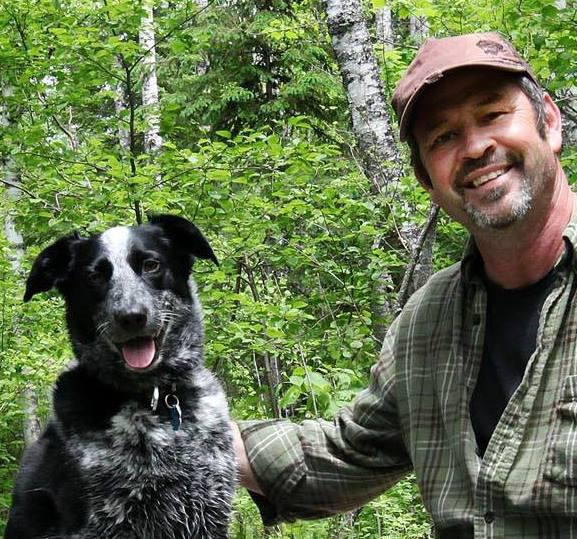
Vantastic
“You’ll have to license it as a commercial vehicle,” said the DMV lady on the phone.
“But it is not a commercial vehicle,” I argued.
“The VIN shows it’s a ¾ ton Ford Transit 250 cargo van. That is a commercial vehicle and must be licensed that way.” I was adamant I would not license my van as commercial because the license fees would be substantially more expensive annually! Not to mention the van would then require commercial insurance which is unmercifully expensive. “Will you ever drive the van to work.” The DMV lady asked me.
“I might, but driving it to work doesn’t make it a commercial vehicle,” I replied. She insisted that it did. So, further arguing my point, I asked what kind of car she drove.
“What kind of car I drive is irrelevant,” she said.
“Exactly my point,” I interrupted. “But, did you drive your car to work today?” She said that she did. “And, is your car licensed as a commercial vehicle? It must be since you drove it to work.” There was a awk-

ward moment of silence.
“One moment, please,” she said, then placed my call on hold. Fortunately, there was no horrendous music on hold to torture me. I was already aggravated and some of that music is really bad.
A different lady picked up my call. She indicated she was a supervisor and that I was being belligerent and rude with her desk clerk. “I was not,” I said. “I was simply stating that my van does not need to be licensed as commercial.”
“You told my clerk that it was a cargo van,” the supervisor said, “and that you might drive it to work, that makes it commercial.” Oh, good Lord.
“First of all, it was your clerk who told me it was a cargo van. Secondly, driving it to work does not make it a commercial vehicle.” The supervisor insisted that it was commercial
“Because you said you would drive your cargo van to work, it must be licensed commercially,” she said. “Besides, my computer won’t even give me the option to register a cargo van as a private vehicle.” I was becoming more frustrated.
“I don’t believe that,”
I said. “If I told I was going to drive my van to Mars, would your computer force me to register the van as a spaceship? Or, would I have to go to NASA for that?” There was a long silent pause. “Hello? Hello? Ma’am, are you still there?” I looked at my screen. She hung up on me!
The next day, I drove to the licensing office in Two Harbors, and told them my story. The lady just laughed, “Will you be using the van commercially?” I asked her to define ‘commercially.’ “Are you a plumber, electrician, or delivery driver? What will be the primary use of the vehicle?”
“It’s my daily driver,” I said. “I might drive it to work, go to the grocery store, take it on trips; I’ll even drive it to church on Sunday.”
“Okay,” said the clerk. “We’ll check the box ‘no’ for commercial use.” After a few minutes I had current tabs for my van. The lady asked why I wanted to drive such a big van as a daily driver. I thought about that for a moment.
“My dad used to joke, ‘All I ever wanted was A child – but I never got one.’” The lady looked at me with suspicion, my answer was odd. I


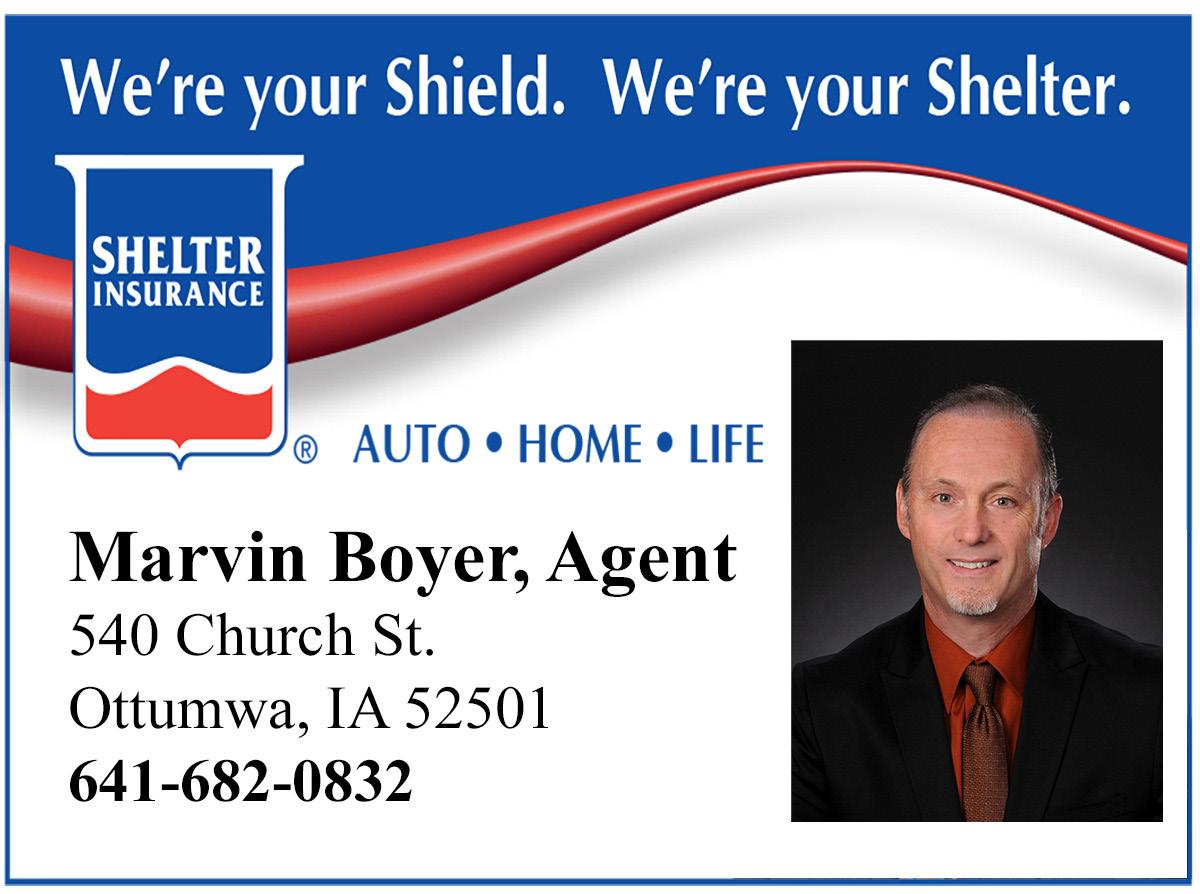
laughed, “Dad started with twin girls, so he never had just A child.” We shared a good laugh about that.
I went on to explain, “My parents had eight children before I came along, and seven more after me. We’ve always had a passenger van as far back as I can remember.” I began to reminisce. The first van I remember my parents having was a 1963 Chevy Greenbriar. I loved that van.
It was more like the ‘little kids table’ at Christmas and Thanksgiving, it wasn’t a choice, we had to sit there because bigger kids rule. There were pros and cons to riding in the back, and ways to work around the unwritten rules, outsmarting the older siblings.

HEDRICK, IOWA
4:30 P.M. - 9:00 P.M.


CHITTICK TILING, 210 HAIR COMPANY, COPELAND AUTOBODY, OTTUMWA RADIO, J&E CERNIC SCRAP, UNDERGROUND BARBELL, I&R ROOFING, LINDER ELECTRIC, SOUTH OTTUMWA SAVINGS BANK, PIGTAIL CHARLIE’S DINER, CLASSIC TRUCKING, GATOR EXPRESS, DOUBLE D POWERSPORTS, GRANT RANCH GRUB & PUB, BERNIE’S BAR & GRILLE, MH EQUIPMENT, VAN METER, GENTRY INSURANCE, FCA VISION AG, RIVERHILLS COMMUNITY HEATLH CENTER, BUBBA Q’S, ODYSSY MUSIC, MILLIKIN AUCTION ASSOCIATES, KRAVE NUTRITION, NEW THOUGHTS THERAPY, DAISY DEW LANDSCAPING, M&E SIEREN FARMS, NEIGHBOR INSURANCE, MEFFORD MASONRY, TRI COUNTY SHOPPER, J&A SEIREN FARMS, MAHASKA HEALTH PARTNERSHIP
The Greenbriar was in the Corvair family; Chevrolet’s line to compete with the affordability of the Volkswagen Beetle, and the Volkswagen Bus. They all had rear mounted, air-cooled motors. Ours was a bluish-green color, with a white section down the middle.
Much like the VW’s, the Greenbriar van had a full front bench seat. The two bench seats in the back faced each other in club seating style. The van was designed for nine passengers, at best, but our family already had 14 people, counting Mom and Dad. Not everyone got a seat.
There was a deck, or baggage area over the motor behind the third bench. The ‘little kids’ got to ride back there. (There were no child restraint laws in the 60s)
We lived in Montana, South Dakota, and Iowa, during the time we owned the Greenbriar; all places where winters get bitterly cold. No rear mounted air-cooled engine ever produced good heat, and the Greenbriar was no exception. It was cold in the winter. The farther forward you sat, the colder it was. On longer trips, I remember the kids in the middle seats, and Mom sitting up front with blankets covering their laps. But, sitting on top of the motor in the back, it was warm –clearly the warmest seat in the van. But that had disadvantages as well.
Montana, South Dakota, and Iowa, get hot in the summer. The worst place to sit in the summer, was on top of the hot engine. Only luxury cars had optional air conditioning back then. Our Greenbriar, had the eight-seventy AC option: roll down all six windows, open the two wing windows up front, and drive seventy mph.
Unfortunately, the way back windows did not open, and it was hot. But, as I said, there were ways to work around that.
On hot summer family trips, I learned a trick: I’d simply announce, (loud enough for Mom to hear me) “I feel sick. I think I’m going to vomit.” Dad didn’t like the term ‘throw-up’, but the result was the same.
“One of you big kids move Tommy up by a window,” Mom would say. I would get shuffled to the second seat, which faced backwards. “I still feel sick,” I complained, and just like that, I was in the front seat sitting next to Dad. The front bench seat was the best, with the wing windows providing a lot of air movement. But that wasn’t the only advantage. Not only was the front seat the coolest place with the best view, I got to sit next to Dad who was driving.
The Greenbriar had a manual transmission with a floor shifter that came up between my legs. I was wearing shorts in the summer, and would touch my bare legs to the steel shifter. The shifter felt cool on my skin. The vibration tickled my little legs, which caused me to giggle and laugh. I was having a great time, while my siblings suffered in the back; hot, sweaty, and sticking to each other when their bare arms or legs made contact. “Stop touching me,” they’d complain.
Not long after making my way to the front seat, my brother Gerard would call out from the way back of the van,










